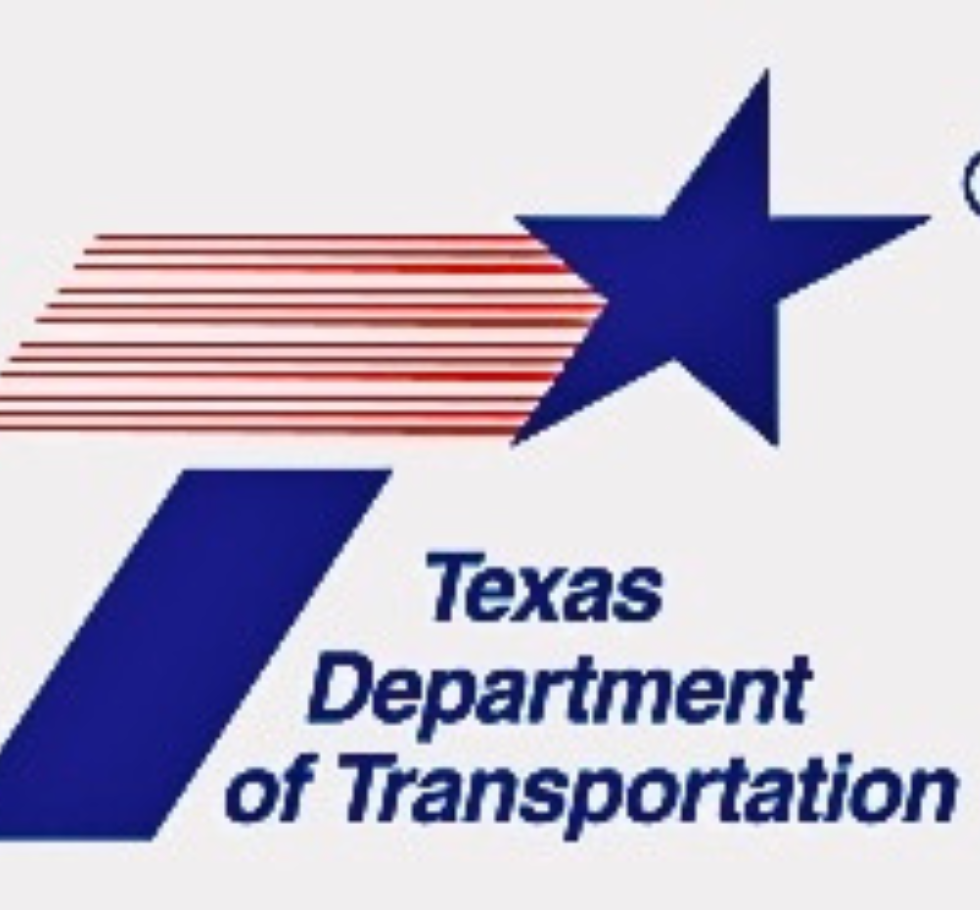Mitigating Inflationary Risks in Capital Improvement Bond Programs: A Guide for Local Governments and ISDs
As the need for additional funding for capital improvement bond programs becomes increasingly evident in municipalities and independent school districts (ISDs) across the country, it’s crucial to understand the importance of mitigating risks associated with such programs. While they offer significant benefits to communities, the risks of insufficient funding due to factors such as inflation must be carefully managed to ensure project success.
Impact of Inflation on Capital Improvement Bond Programs
Inflation is a key factor that can significantly impact the funding available for a bond program. It reduces the buying power of funds, leading to higher construction costs and reduced affordability of a project. In turn, local governments may need to seek additional funding to complete the project, increasing the risk of default for investors.
Mitigating Risks through Strategic Planning
To mitigate this risk, local governments and ISDs must take strategic steps. Firstly, it’s essential to carefully evaluate the scope of each project and its budget to identify any potential cost overruns or shortfalls. This will help to ensure that the program is adequately funded, and risks of insufficient funding are minimized.
Identifying potential un-budgeted costs early in the design phase is critical for successful project management. Bill Parks, Project Control Director for Front Line Advisory Group, LLC, advises project managers to factor in external factors such as utility relocations, permitting with outside agencies, and required studies for drainage and environmental impacts. By factoring these costs into the overall cost projections and comparing them against the available budget, project managers can identify potential shortfalls and plan for the infusion of additional funds when needed. This proactive approach can help to mitigate risk and prevent costly delays, ensuring that projects remain on track and within budget.
Mr. Parks also emphasizes the importance of accurate cost estimates that include annual inflationary percentage increases for right-of-way acquisition and construction. By identifying these costs early on, project managers can better allocate resources and mitigate risks, ensuring that their projects remain on track and within budget. This proactive approach to project management can prevent costly delays, making accurate cost estimates a critical component of project success
Exploring Alternative Financing Options
Secondly, local governments and ISDs should explore alternative financing options such as public-private partnerships or alternative funding models. These approaches help to spread the risk of the project across multiple stakeholders, reducing the impact of potential funding shortfalls.
Mr. Parks also recommends that selection criteria include a project’s potential for leveraging public and private investment and funding from various agencies. Alternative funding sources such as license and fee revenues, sale of land, and tax increment financing should also be weighed against potential impacts on the jurisdiction’s operating needs. By taking a proactive and informed approach, project managers can maximize the potential for success of the capital improvement program.
Establishing Contingency Funds
Another approach is to establish a contingency fund or reserve that can be used to cover unexpected costs or shortfalls. This helps to ensure that the program remains on track even if unforeseen costs arise.
Close Monitoring of the Program
Finally, it’s important to closely monitor the progress of the entire program and its financial health to identify potential risks early and address them. This will help to minimize the risk of default and ensure project success. Program management teams should look for ways to find increased efficiencies between projects within the program to reduce overall costs and leverage existing resources. Each project must be examined individually but always considered within the framework of the entire program.
Conclusion
While inflation and other factors can impact the funding available for capital improvement bond programs, there are steps that local governments and ISDs can take to mitigate these risks. By carefully evaluating project scope and budget, exploring alternative financing options, establishing a contingency fund or reserve, and closely monitoring the program’s progress, the risks of insufficient funding can be effectively managed. This ensures the success of the program and the achievement of its goals, benefiting the community as a whole.
Strategic planning and risk management are crucial for successful capital improvement bond programs. Local governments and ISDs must take proactive steps to mitigate risks and ensure program success. By doing so, they can provide long-lasting benefits to the communities they serve.
At Front Line Advisory Group, we transform Capital Improvement Bond Management through expertise & industry knowledge. We empower clients & maximize tax dollars through Program Management Consulting. Contact us for more info at info@frontlineadvisorygroup.com.












